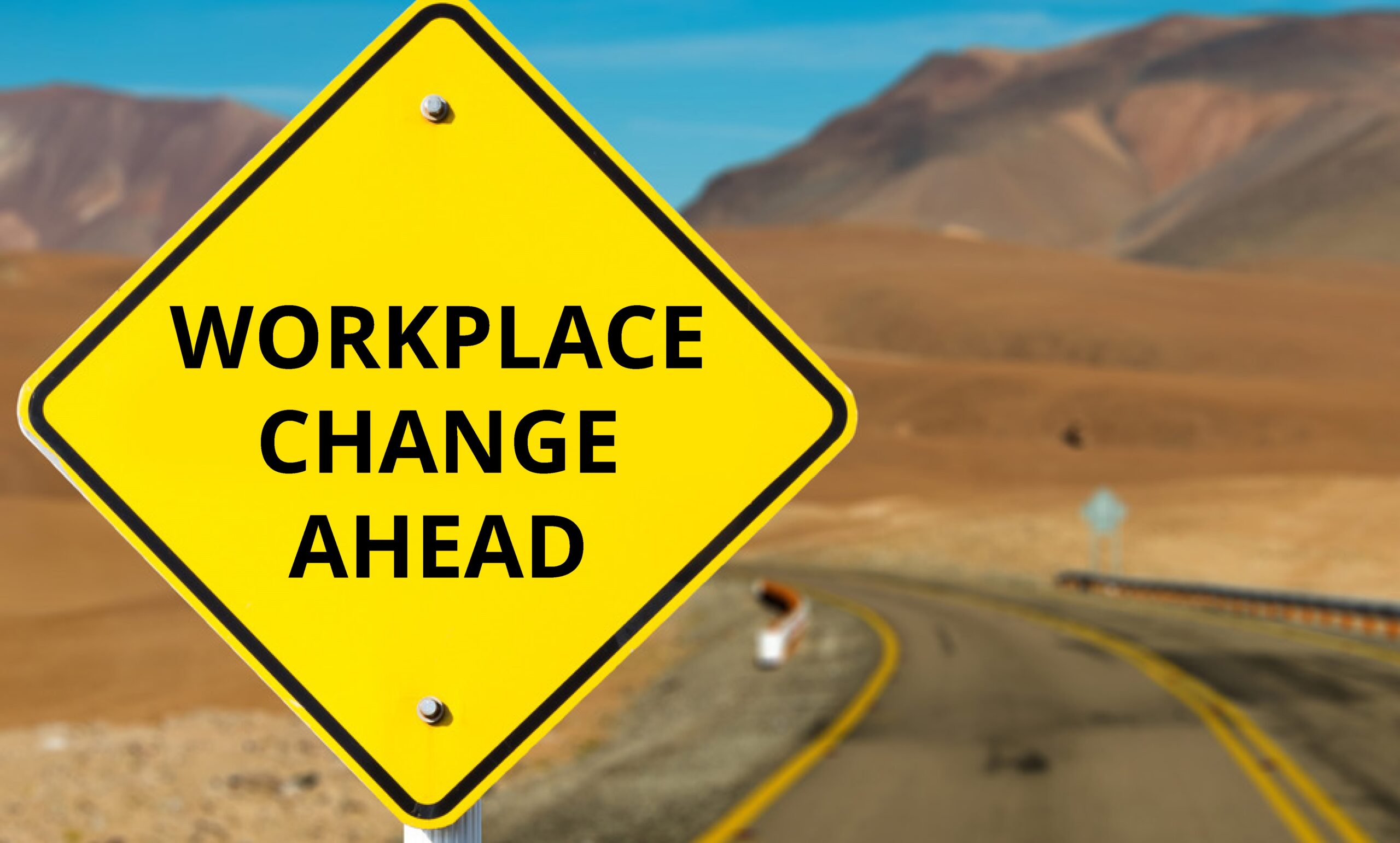(originally posted August 2021: https://brandonchamber.ca/chamber-a-glance/)
So the latest news out of the States is more people are changing jobs now than at any time over the last two decades, which confirms earlier analyst’s predication of 1 in 4 looking to move jobs after the COVID-19 pandemic lifts1. Why is this? Firstly, there is a pent up “need to change jobs” for folks that have been unhappy in their jobs but reluctant to move during the pandemic. Secondly, sectors hit hard by the pandemic (hospitality, tourism) are re-opening and many past workers have moved on to other sectors thereby opening job opportunities for others. Thirdly, life is short and full of things outside our control so we must enjoy it while you can and do not spend it working in a job you are not 100% happy with.
Speaking of taking a stand and actioning that which is important, the global “shock & awe” we have experienced because of the unprecedented wholesale shift in everything we do has somehow awoke this collective social conscience in righting social ills. We have social movements continuing to gain momentum (BLM, Me too, DEI – diversity, equity, and inclusion) and younger generations’ resolute “no-tolerance” stance on bias, prejudice, or inequalities.
Take all this change together, and we can start to see the change happening in our places of work. Not only have organisations needed to pivot and change manufacturing, sales, and marketing practices quickly they have done so while also dealing with a workforce shift to remote-work, new on-line productivity tools, and strengthened calls for DEI. After decades of productivity innovations being slowly adopted piecemeal throughout industries, the pandemic has acted like “a 10-year accelerant in terms of cultural and digital transformation”2. As a result of these changes businesses are now facing the need to adopt new policies, change practices, and embed all those “pivots” that allowed them to navigate successfully through the pandemic.
Here are the top three changes facing organizations from a workforce perspective and what they mean for your Human Resource function:
1. A culture of Employee’s First
Companies have been proclaiming “Employees are our most important asset” for decades but have struggled to put their needs ahead of investors profit expectations. Take for example the status-quo thinking on working sick pre-pandemic and post. Before, most common to ask for a Doctor’s note. Now, the physical and mental well-being of all workers are quickly becoming the focus of workplace improvements in all forms of organizations.
The Me-too, BLM, and the Millennial and Gen Z “call-it-out” or “cancel” culture movements have all contributed here as well. All this has created a nexus of social awareness and calls to action that cannot be ignored.
So what does this translate to for owners and managers? Better new employee hiring and on-boarding to ensure adherence to company policies, better training and development, more employee collaboration and decision-making, flexible work arrangements, improved benefits including mental health supports, and paid sick time. For your HR function, this will result in the need to review / revise employment contracts, polices, procedures, organizational structure, and new training and coaching.
2. Renewed Leadership
Revolutionizing your business by truly putting your employee’s first is going to take a whole lot more than simply updating policy manuals and putting up posters in the lunchroom. Owners, managers, and supervisors who have responsibility leading employees will need help being empathic, gaining consent through collaboration and discussion, and offering various options for workplace dispute resolution (no one-size fits all anymore…). Leaders are more than ever going to need to personalize each employee’s workplace experience and be flexible in how they manage performance and productivity.
For your HR team, this will mean some tough decisions on who get seated in which leadership functions. There will likely be a need for soft skills assessments, re-training or re-hiring, coaching and mentoring. Employee engagement surveys, programs, and initiatives will become commonplace not only for large corporations, but also for SMBs.
3. Embrace Technology
Over the course of the pandemic, the number of Western-Canadian businesses offering work from home flexibility surged from 33% to 94%! 3
On-line collaboration tools have been available for years, but it took the pandemic to catapult them into the common workplace. Organizations are realizing that productivity does not need to suffer when working remotely. In fact, organizations that implement work flexibility properly see productivity gains.
As the pandemic recedes, businesses need to be cautious about recalling everyone back to work in person. Too much has changed. The flexibility needs to remain wherever possible, and business leaders need to be on the look out for even better collaboration tools and the next big invention that improves workplace collaboration and/or remote work flexibility.
No matter what industry your business operates in, there is no doubt that your workplace is changing. Your Human Resource function needs to ensure that the changes are put in place quickly, effectively, and with the least disruption to your business as possible.
- “Workers Are Quitting Their Jobs in Record Numbers, As The U.S. Experiences A Booming Job Market”, Forbes, June 14, 2021.
- Talent Canada “Work 4.0: The future of work is hybrid, personalized” (Spring 2021), author: Marcel Vander Wier
- Talent Canada “The new modern workplace: resets, rethinks and the great leap forward” (March 2021), author: Anthony Ariganello






